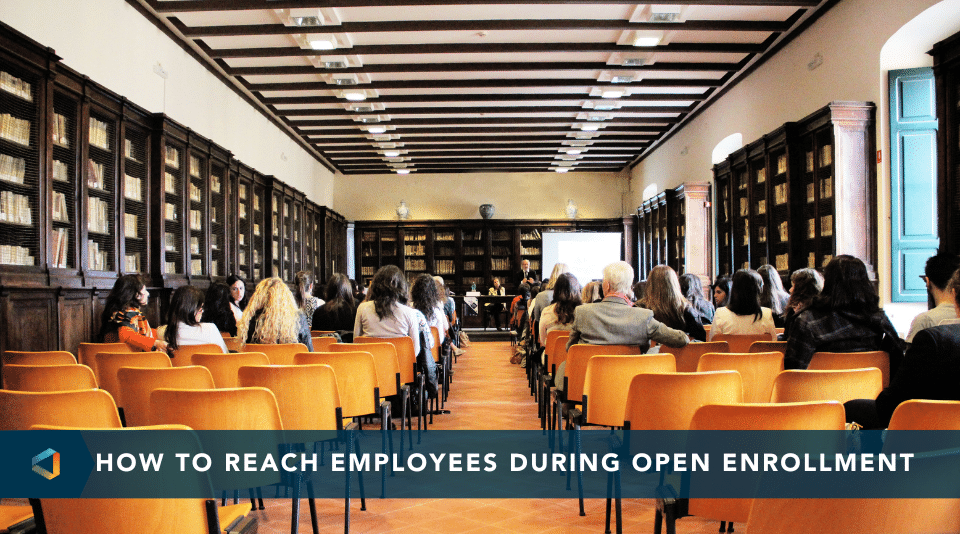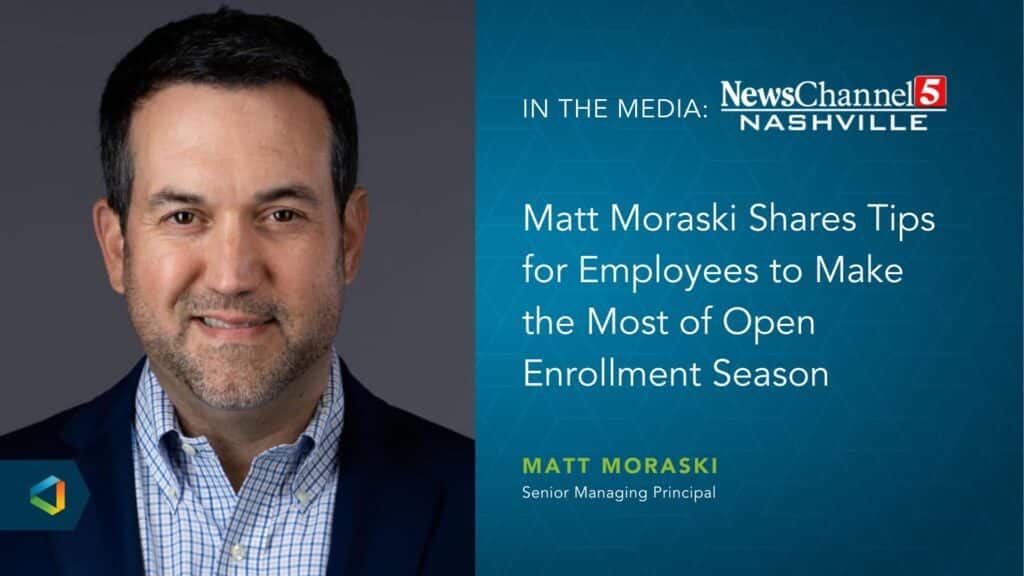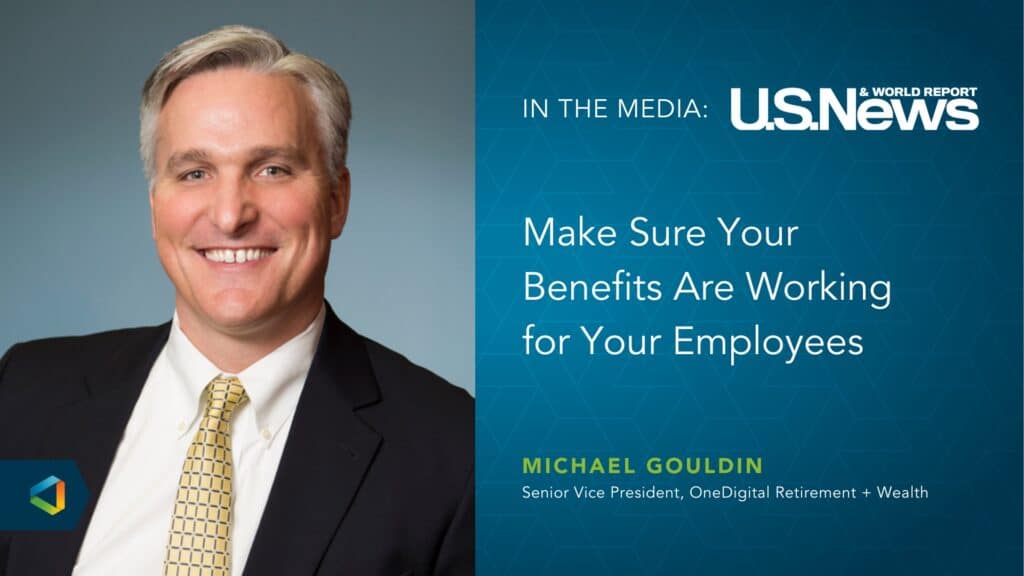Better Benefits
3 Ways to Improve Open Enrollment in 2024
3 Ways to Improve Open Enrollment in 2024
It’s not too late to step up your open enrollment game for 2024.
Engaging busy employees in the enrollment process can be a challenge, but effective planning can dramatically reduce your administrative burden and ensure that everyone is making the most of their benefits. Here are three best practices for HR professionals and benefits administrators to consider as they gear up for open enrollment season:
Learn Lessons from Last Year
This isn’t your first rodeo. In order to streamline this year’s open enrollment process, initiate a systemic effort to learn from the past. 120 days before open enrollment begins, gather a cross-functional team that represents all stakeholders who will be involved in the open enrollment process. Together, you can make a concerted effort to identify areas of improvement based on what happened last year.
Even if nobody at your organization has been recording data on previous open enrollments, it shouldn’t be hard to locate a paper trail with useful information. Digging up old emails containing employee questions, assessing the effectiveness of previous communications by looking at response rates, and aggregating all employee feedback that was received are easy avenues for identifying opportunities for positive change.
Make sure to document your open enrollment campaign and keep records of which parts went well, which elements need to be changed, and any process improvement suggestions that your team members think up. You'll thank yourself next year.
In addition to this, consider surveying employees who were around during previous open enrollment sessions to get candid feedback on their experience. Did they feel as though they were supported throughout the open enrollment process? Did they honestly understand the benefits that they signed up for? Did they have a positive experience at a previous employer that you can learn from? The more information gathered, the better.
Once this process is complete, reconvene your open enrollment team and use the collected data to create an airtight plan demonstrating a real commitment to process improvement. Capitalize on things that your organization already does well, brainstorm things that could be done better, and distill your goals into concrete actions. Place these actions on a timeline that covers everything that needs to be done before, during, and after open enrollment season and ensure that all team members are committed to following this timeline.
Lastly, make sure to document your progress! You’ll thank yourself next year.
Prep Your Technology Stack
The last several years have seen a quantum leap in benefits administration technologies. If you’re not already using a modern benefits administration platform, it pays to assess what’s out there and determine whether it’s possible to adopt a new system for this year’s open enrollment. If you’ve got a good broker, make sure to tap into their expertise – they’ll be able to save you a lot of legwork and make an informed recommendation. There’s a wide variety of options on the market that are available at many different price points, so you can be sure that there’s a good match for your organization out there somewhere.
The two major value propositions of these products are the reduction of human error and the incredible labor-saving benefits that automation provides. For example, many platforms can automatically calculate premiums, determine individual eligibility, and create side-by-side comparisons of different plan options that help employees to determine which is the most suitable for their needs.
However, there’s a sizeable amount of configuration and testing that needs to be completed by multiple parties before platforms like these can be implemented. Quality assurance is important, and businesses need to be realistic about whether there’s enough time to adopt something for this year’s open enrollment. With so many dependencies between carriers, brokers, and organizational stakeholders, careful planning is needed to ensure a smooth rollout.
Move Beyond “Check the box” Communications
It’s easy for HR professionals and benefits administrators to send an email with open enrollment information and declare that their mission has been accomplished. However, anybody who’s worked in an office environment knows that this type of “check the box” mentality is asking for trouble. It’s simply unrealistic to assume that all employees will read and act upon the first message they receive without further prompting - for better or worse, more effort is needed to help employees help themselves.
The two items above can play a large role in streamlining the communications side of open enrollment – adjusting communications timelines based on previous years and taking advantage of automated reminders are always good ideas. To avoid unwanted outcomes such as extending the open enrollment window or drafting hasty follow-up messages, it’s advisable to put together a multi-pronged communications plan that incorporates several different methods and forums.
This is particularly important for businesses with hybrid workforces, which have become increasingly common since the covid-19 pandemic. By combining in-person verbal announcements with email campaigns, targeted in-platform reminders, Slack or Teams notifications, and even SMS messages into a single communications blanket, it will be nearly impossible for employees to be caught unawares when the open enrollment window closes.
Simplify open enrollment this year for you and your employees using a variety of tools and resources available at OneDigital's Open Enrollment Hub.




